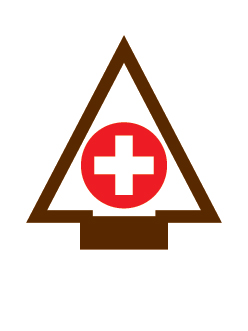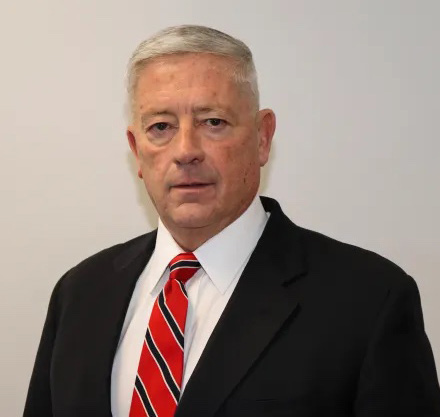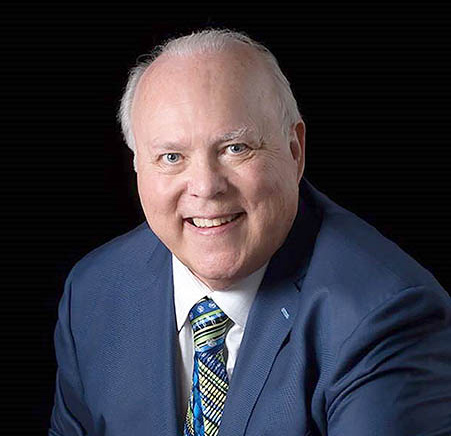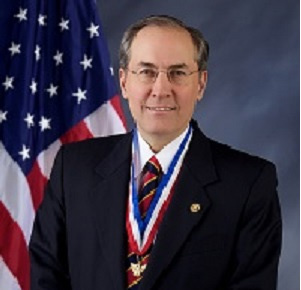Feedback
Feedback
Please provide feedback on your experience of this adventure or activity
Report Quality Assurance
If there are errors or issues with this adventure/ activity, please go to the Report Quality Assurance Page.
Adventure/Activity Feedback Form
This feedback helps identify things den leaders like and opportunities for improvement.
Common First Aid Practices
Print This Page
Arrow of Light – 5th Grade
First Aid
Personal Safety
Required

Requirement 6
Common First Aid Practices
Arrow of Light – 5th Grade
First Aid
Personal Safety
Required

Requirement 6
Common First Aid Practices
Snapshot of Activity
Cub Scouts learn how to treat common first aid needs.
Indoor
3
3
5
If you want to know more about The Adventure Activity Key click here.
Supply List
- Cuts and scratches station
- Bowl with water
- Soap
- Hand towel
- First aid ointment
- Latex free gloves
- Eye protection
- Sterile gauze pad
- First aid tape
- Burns and scalds station
- Two bowls with water
- Soap
- Hand towel
- Sterile gauze pad
- Aloe vera or cooling lotion
- Bites and Stings station
- Bowl with water
- Soap
- Hand towel
- Tweezers
- Playing card or credit card
- First aid ointment
- Nosebleed
- Bowl of water
- Clean cloth
- Parents and legal guardians or den chief
Directions
Before the meeting:
- Familiarize yourself with first aid treatment of:
- Cuts and scratches
- Burns and scalds
- Bites and stings of insects and animals
- Nosebleeds
- Set up 4 stations with first aid items. One station for each the treatments to learn.
During the meeting:
- Explain to Cub Scouts that during the den meeting, they will be learning about common first aid practices for cuts and scratches, burns and scalds, bites and stings of insects and animals, and nosebleeds .
- There are 4 stations set up around the room. They will visit each one and practice the first aid treatment.
- Assign an adult to each station. Make sure they are familiar with the first aid treatment plan for their station.
- Station Cuts and Scratches:
- Start by washing hands thoroughly with soap and water.
- For small wounds, wash the wound with soap and water. Then apply first-aid ointment to help prevent infection if you have the victim’s permission and know that they do not have an allergy to the medicine. Keep the wound clean with an adhesive bandage. Change the bandage as often as needed but at least once daily.
- For larger cuts, first, stop the bleeding by applying direct pressure. Keep the wound as clean as possible to limit infection. Cover an open wound with a sterile gauze pad or a clean cloth folded into a pad. Hold the pad in place with tape or a bandage made out of a neckerchief. Any bandage should be loose enough that you can slide two fingers between it and the person’s body. An adult leader should evaluate any large wound. Once the bleeding has stopped, clean the wound as described above.
- Station Burns and Scalds:
- Treat a minor burn by putting the burn in chilly water and then cover with clean, dry, loose dressing.
- Treat sunburn with aloe vera.
- Station Bites and Stings:
- Practice removing a tick using tweezers. Grasp the tick by its head with tweezers close to the skin and gently pull until it comes loose, Wash the wound with soap and water and apply first-aid ointment.
- Practice removing a stinger by scraping away the stinger with the edge of a card.
- Station Nosebleed:
- Have the victim sit up and lean forward to prevent blood from draining into the throat.
- Pinch the nostrils together for 10 minutes to maintain pressure on the flow and stop the bleeding.
- Apply a cool, wet cloth to the victim’s nose and face above where you are pinching.
- Watch for symptoms of shock and treat if needed. Call for help if the bleeding doesn’t stop after 15 minutes.


